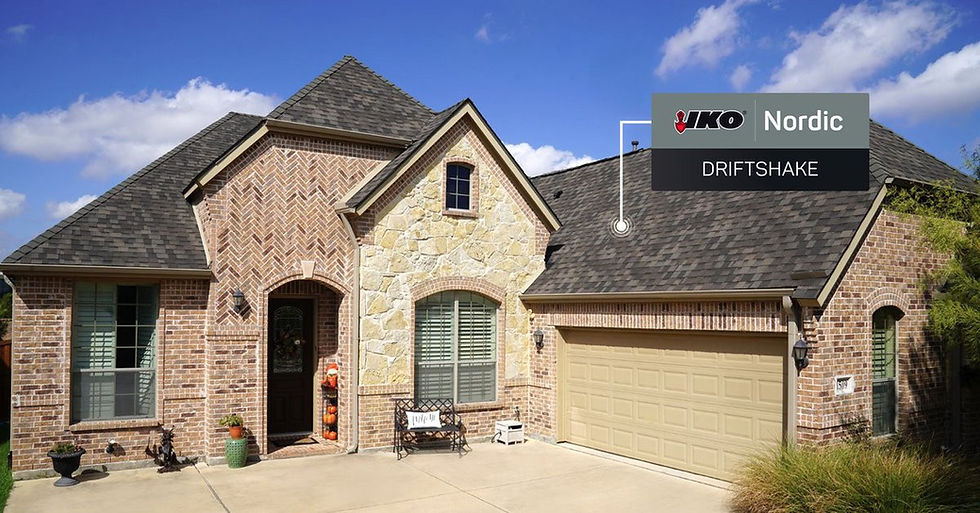Why are homeowners going away from using cedar shingles?
- Marlex Roofing
- Apr 24, 2023
- 2 min read

Cedar shingles have been a popular roofing and siding material for centuries due to their natural beauty, durability, and resistance to moisture, insects, and rot. They are made from split pieces of cedar logs and can be installed in a variety of patterns, such as traditional shingle-style, diamond patterns, or fish-scale patterns.
However, in recent years, the popularity of cedar shingles may have declined in some areas for various reasons. One of the main reasons is cost. Cedar shingles can be more expensive than other roofing and siding materials, such as asphalt shingles or vinyl siding. This can make them less popular among homeowners who are on a tight budget.
Another reason is maintenance. Cedar shingles require regular maintenance, such as cleaning and sealing, to prevent moisture damage and extend their lifespan. This can make them less attractive to homeowners who prefer low-maintenance materials.
In addition, the availability of cedar shingles may also be a factor. Cedar trees are mainly grown in the Pacific Northwest region of the United States and Canada, which can make them less accessible in other regions. This can make them less popular among builders and homeowners who prefer materials that are easier to source.
Furthermore, some people may have environmental concerns about the sustainability of using cedar shingles. Cedar trees are a slow-growing species, and harvesting them for building materials can have an impact on the environment. However, sustainable forestry practices and certification programs can help address these concerns.
Despite these factors, cedar shingles remain a popular and durable roofing and siding option for many homeowners and builders who value their natural beauty and longevity. With proper maintenance and care, cedar shingles can last for decades and add character and charm to any home or building.

.png)



Comments